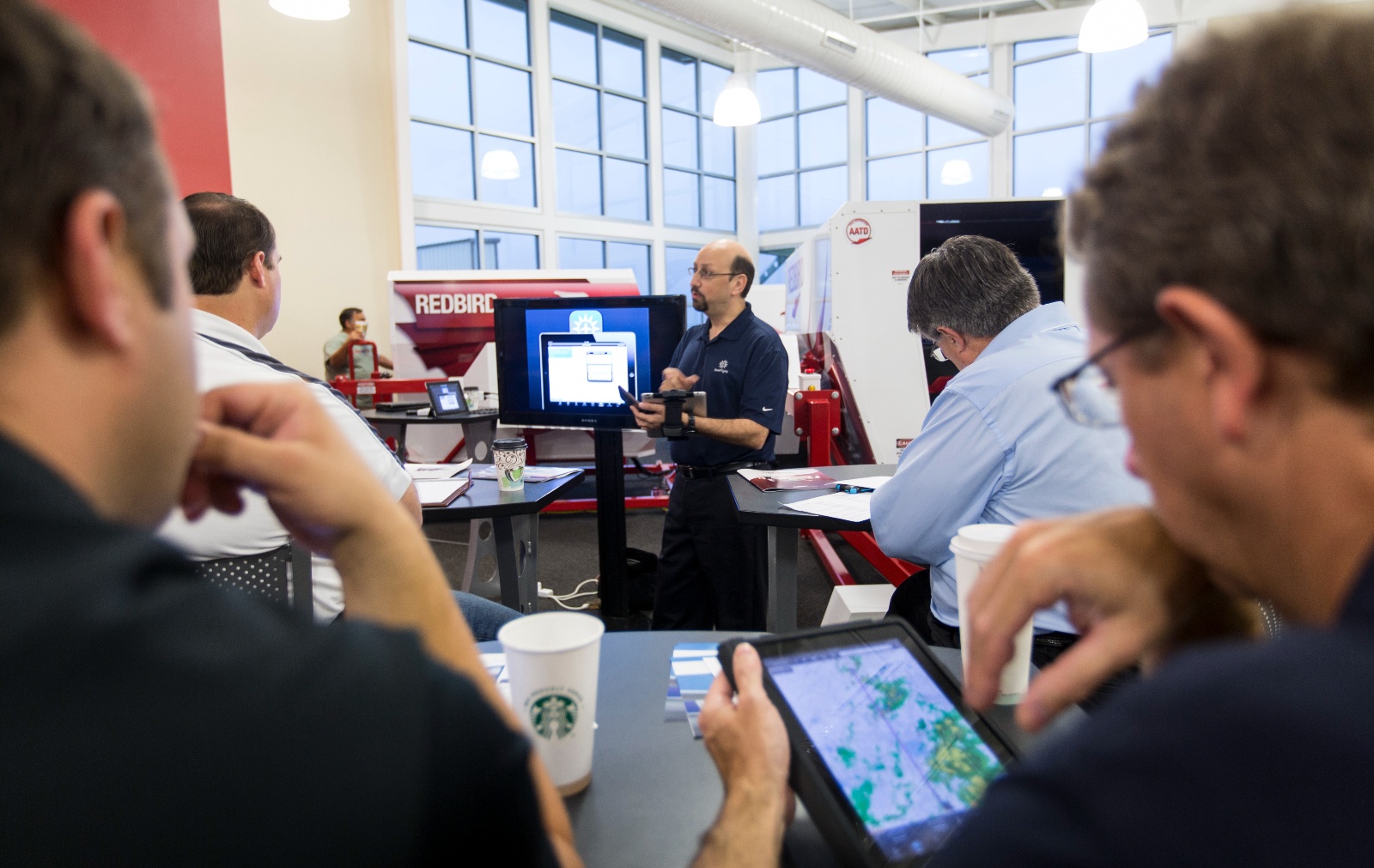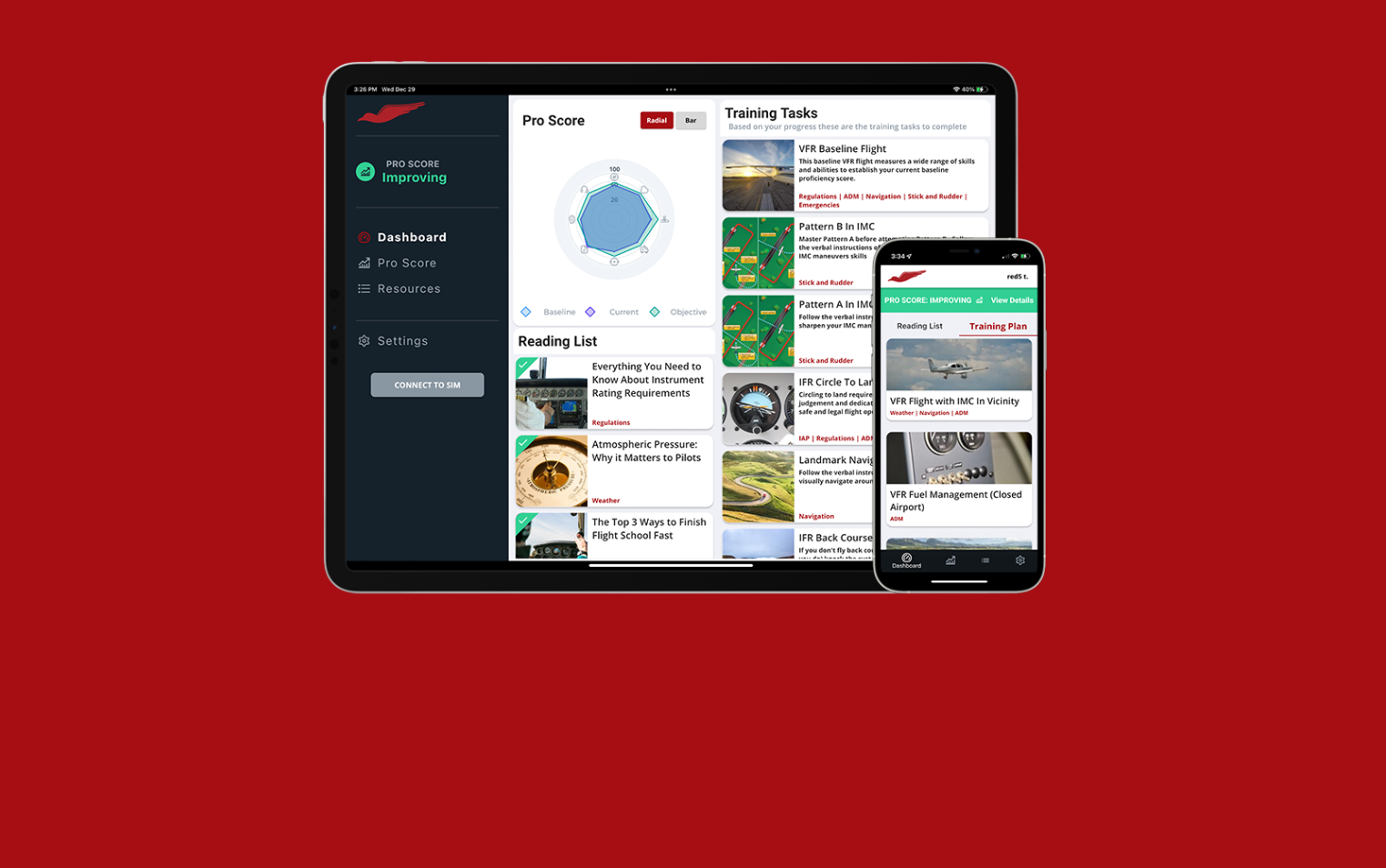How To Form a Sustainable Training Habit That Makes You a Better Pilot
As the excitement of the new year fades into a routine, how can you develop a sustainable habit that improves your flying and helps you achieve your goals as a pilot?
Becoming a proficient pilot, like getting in shape, becoming fluent in a language, and many other objectives topping New Year’s resolutions lists can seem daunting at first. It is one of the primary reasons proficiency plans fall by the wayside by early February each year.
Rather than pressuring yourself to become proficient, a lofty goal that sets you up for self-criticism, focus on developing a productive new training habit that pays off over time. As you prepare for a new year of flying, here are a few simple changes you can make to become a little bit better each day.
Ditch the all-or-nothing mentality for your proficiency training.
We used to think of proficiency training as hour-long sessions in an airplane in which we self-prescribe tasks and maneuvers that we think will help us stay sharp. However, today, the breadth of educational content available at our fingertips at all times demands a new understanding of what we consider training time. With the convenience of smartphones and tablets and the rise of reliable e-learning content, improving your aeronautical knowledge and skills has never been easier.
On days you cannot make it to the airport, which is the majority of days for most general aviation pilots, spend a few minutes reading articles or watching videos about flying from reputable sources. If you have a flight simulator at home, ideally with access to training scenarios, use it to challenge your aeronautical decision-making (ADM) and keep your stick and rudder skills sharp.
Not only will this training supplement your time in the airplane, but it will also help keep you on track during busy weeks when time away from the airport can lead to setbacks in your training, or worse, a complete abandonment of it.
Setting smaller training objectives also will help you avoid burnout as you work to achieve your broader goals. At first, you want your new training habit to be so easy to accomplish that you feel you have no excuse to avoid it. As weeks and months pass, the minutes you dedicate to your training on a daily basis will add up to a consistent habit and a more proficient pilot.
Use cues to prompt your training time.
Identify a time of day when you like to train and set up reminders to help you get started. You can set an alarm on your phone or tablet, enable push notifications for training apps you use, or lay out your flight bag where you will see it — anything that reminds you that it is time to work on your flying.
Behavioral scientists recommend integrating a new habit into your existing routine. For example, you could test your aeronautical knowledge with a quiz during your morning coffee or brief a scenario that you plan to fly the next morning while you lie in bed at night. This approach, called habit stacking, helps you form a new habit by taking advantage of the work you already put into forming old ones.
Train every day.
While you should limit the time you spend during each training session, you should also plan to train every day. Forming a habit can take a lot longer than 21 days, a myth propagated over the years. A study published in the European Journal of Social Psychology found that it can take much longer — anywhere from 18 to 254 days. Daily repetition will help you develop your new training habit as quickly as possible.
However, regardless of how fast you adopt the habit, you should consider a shift to the daily betterment of your flying to be a permanent lifestyle change. Your skills on the flight deck, particularly ADM, atrophy quickly when you do not exercise them regularly. Your daily training habit is the first step in a lifelong journey to becoming the best pilot possible.
If you are looking for a place to start, download the Redbird Pro app and sign up for a free 30-day trial. The app will help you determine your current level of proficiency and provide a personalized training plan designed to make the improvement of your skills an achievable and enjoyable part of your daily routine.
Share this
You May Also Like
These Related Articles
-1.jpg)
Managing Distractions as a Pilot

A Beginner’s Guide to the FAA WINGS Program
